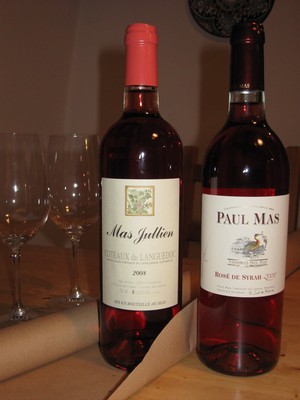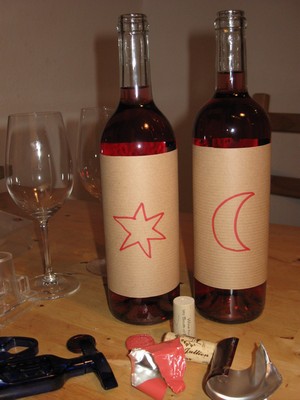A bottle too far? Bottle Shock wine movie review
The year is 1976 and the French wine legions have conquered the world. The whole world? Wait, a small Californian valley still stands against the empire. But sadly, no one but the Californians themselves is aware of this. The movie Bottle Shock is about a wine tasting held in Paris in 1976, the Judgement of Paris, that changed all that. Despite all the drama, Bottle Shock is also, sometimes sadly, a comedy. 
While Spurrier never expected the Californians to win, he wanted the tasting to be blind so that they would not get totally trashed by the wine judges who would be French.




